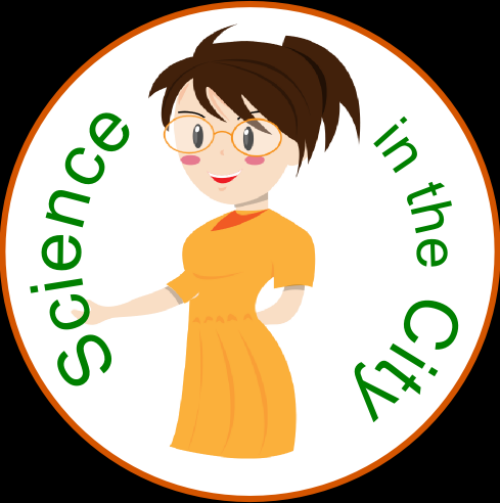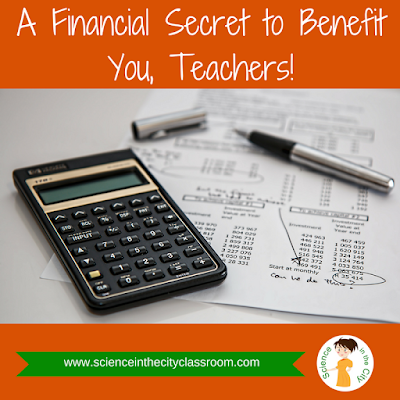Why is fitness so important for teachers?
Fitness is important for everyone, but especially for teachers because we have a very high stress job. Fitness can be a big stress-buster, anti-depressant, enables you to have more energy during the day when working with your kids
On top of stress and depression benefits, we also know that fitness has benefits for our overall health (cholesterol, heart health, blood pressure and more).
Many people know that fitness is important, or want to lose weight but struggle to fit it into their own lives.

My own journey
I have developed some health issues, chronically over the last number of years. I have been diagnosed with what is called myofascial pain, or overly tight muscles, with trigger points and a lot of pain sensitivity. I have had particular trouble in two different areas of my body. Within the last year or two I have really made a commitment to work on them. Exercise and fitness has been a big part of this. I have been through physical therapy, trigger points injections, MRI, acupuncture, and several types of medication. I am not cured, but doing much better.
The end result is that these issues are all muscular, and are places in the body where people are likely to carry stress and tension.
I have had to build in careful types of exercise, both for my muscles directly, and also as part of a plan to better manage stress.
I have tried ‘programs’ and liked them, but they didn’t work well for me. I have had to build off of what I can do, without causing further injury and go slowly. Then I felt frustrated when I couldn't complete the program.
However, I think it is beneficial because it caused me to really reflect on my goals (less pain), and my own progress (exercising 4-5 days per week, rather than 1-2 is progress, even if not exactly following the program).
As part of my ‘journey’ I have also gotten familiar with biomechanics, and the work of Katy Bowman. She studies how our modern lives (time spent at a computer, or other mostly sedentary lifestyles has affected our bodies, our health, and what we can do about it). One of the main distinctions that she makes is the difference between movement and exercise. I think this distinction is so important for teachers (and others) to keep in mind.
Both are important, and after reading much of her work, I think we need both. However, we have a tendency to discredit the idea of ‘movement’ that is not exercise, and this is a mistake.
Movement v. exercise
Katy Bowman proposes that 30 minutes a day of exercise is not enough to counteract a mostly sedentary day. In her book “
Move Your DNA” (affiliate link) she puts out the idea that we do not, necessarily have to do 30-60 minutes of sweaty, strenuous exercise, but that we have to build in more movement throughout our day. This can be large and small. Walking instead of driving, squatting, changing our position, doing more work with our hands rather than machines, etc. Our muscles need constant changing inputs to function at their best. We tend to be in the same positions and same types of movements throughout the day.
Here are a few links that discuss this distinction
What’s the Difference Between Movement and Exercise?
Exercise v. Movement: What’s the Difference?
What are some ways to get more movement into your day
- Walk more - this might be as simple as parking further away
- Change how you sit - sit on the floor with your kids. Squat. Sit cross-legged. Sit on a stool.
- Carry things in your arms. Instead of using only a backpack, or a rolling crate, try to carry things different ways.
- While you are on the phone, walk!
- While dinner is cooking, or while brushing your teeth, do some stretches.
- Don’t use your food processor, or buy pre-cut veggies, but do the work yourself.
- When you take your kids to the playground, run and play with them.
- Build it little movements - arm circles, twists, reaching up, etc.
- I’m sure you can come up with many more!! I’d love to hear them!!
What are some ways to get more exercise into your day?
For me, I am trying to build in more movement, but it didn’t seem like I could get enough within the demands of my job/life. I don’t live in an area where I can walk to a lot of different places, and that is a big difference. So I compromise. I do try to build in more movement, but I also build in exercise. However, I don’t try to overdo it. I don’t stress if every day is not the most strenuous workout. If may not be a program. I try to do one of the following and ‘count it’ as exercise for the day (in no particular order):
- 30 minutes walk outside, or on the treadmill
- A 30 minutes exercise video (either Beachbody on Demand, Yoga with Adrienne on YouTube, FemFusion Fitness on YouTube, or FitnessBlender on YouTube)
- Going outside or to the YMCA to play with my kids, and actively participating
I can often do one of these either in the morning when my kids are getting ready, while dinner is cooking and they are doing their video game time, etc. They are short enough that they are manageable.
As I watch different YouTube channels, and read different books, one of the themes that keeps coming through to me is the idea that movement will make me feel better. Our bodies are designed to have much more movement than we are currently doing. Those movements don’t need to be extreme, but they do need to be occurring on a regular basis. Here is a very current article from the NY Times
“Those 2-Minute Walk Breaks? They Add Up”I hope some of these things helped you reframe the way that you think about exercise, and how you may be able to improve on your exercise and health situation.
Even if you take small steps, they will add up. Find what works for you. But mostly keep moving! Or get moving!










